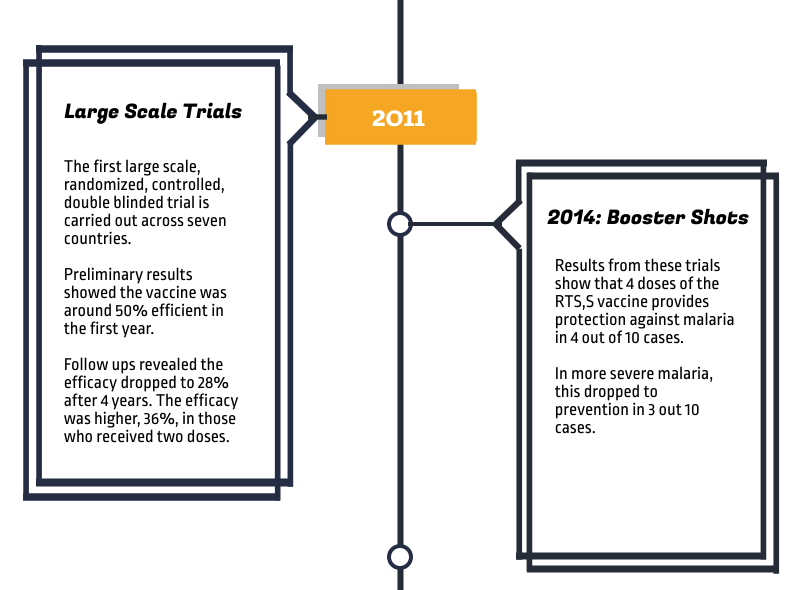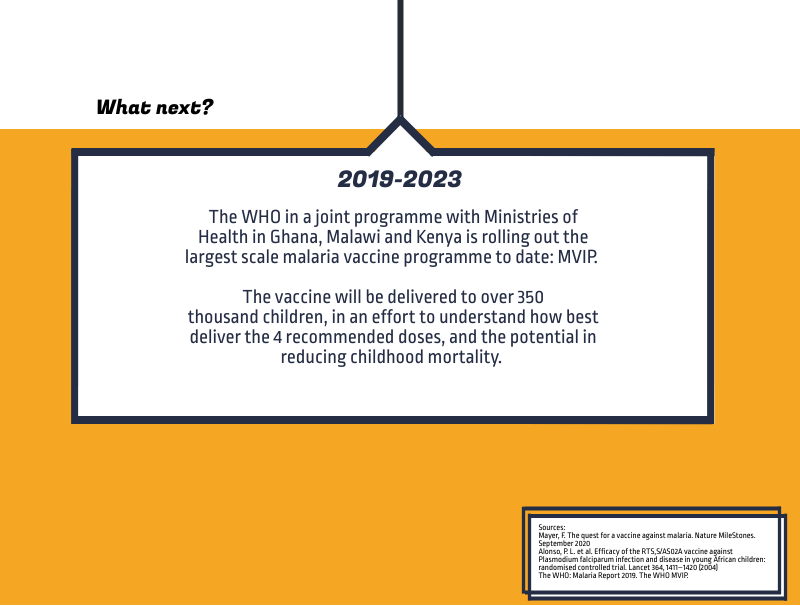With more than 200 million cases annually, malaria is one of the biggest global health crises we face in the 21st century. Malaria kills almost 500 thousand people annually, and over half of these in Sub-Saharan Africa.
The past year has taught us all that, when needs be, it is possible for the scientific community to come together quickly, and effectively, to produce treatments – or even vaccines.
How is it then, that a disease so prevalent, so well known and so deadly has gone largely unchecked? Even in the face of scientific advances?
Unfortunately, the scientific community has discovered that producing a malaria vaccine is much more complicated than was first thought.
Malaria is transmitted by mosquitoes, female mosquitos to be precise. When a female mosquito bites a person who has malaria, the mosquito ingests blood containing the parasite that causes malaria. There are four different malaria parasites, but the most rampant, and dangerous, is Plasmodium falciparum, or P. falciparum. The mosquito that has ingested the parasite will go on to to bite another person, and in doing so, infect this person with the parasite. And so on, and so forth.
We know what causes malaria, and how malaria is transmitted so it may seem like the next step – preventing malaria – should be simple. However, the development of a vaccine against malaria is a project that spans over three decades, and countless research centres and initiatives.







Thirty years later, and it seems we are only just arriving at a point where we can say with confidence that something is happening concerning the malaria vaccine. Although there is still a long way to go the MVIP, or Malaria Vaccine Implementation Programme, is the first step in rolling out an effective, measure for preventing malaria.
